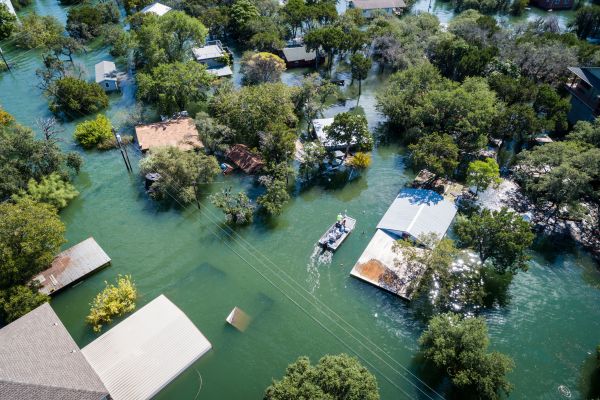To prepare for incidents, businesses establish strategies to identify and reduce their risk.
It is typical that accidents, emergencies and hazardous events happen unexpectedly, putting the safety of people and the environment at risk and potentially disrupting businesses, the economy and society. How can an organisation take greater control of uncertainty? While no one can predict everything that might happen tomorrow, we can recognise many possible future scenarios and plan for these robustly.
Performing in a crisis
The need for business resilience has never been more pronounced, with businesses having to be able to operate in a crisis that could potentially be evolving and unpredictable. The cost of not being prepared for a crisis is substantial, not least in terms of impact to health and mortality, but research has shown that companies engulfed by a large crisis initially underestimate the ultimate cost by five to ten times[1]. Setting up the right systems and culture to survive and even thrive, is critical across sectors, from oil and gas to shipping, renewable energy, healthcare and manufacturing. Managing complexity, volatility and ambiguity are central to resilient performance.


Building in resilience and making continuity plans
Technological measures, organisational processes and operational practices to help services, systems and communities resist, respond to and recover from major disruptive events need to be in place. Such events can include pandemics, power network failures, contaminations and natural disasters, from hurricanes and flooding to landslides and earthquakes.
The new discipline of resilience engineering uses similar methods as when preparing for emergencies, paying attention to the direct and possible effects of an event. This is fundamental. Essential services and systems - from our food, water and energy supplies to transportation, telecommunications and healthcare - are increasingly complex and interdependent, making them susceptible to catastrophic and cascading failures under stress.
Focusing on your business
Keeping business active is all about focusing on the organisation and its internal conditions. On what's most critical and important, from financial and cyber security to caring for the elderly in a pandemic. It should establish both the right framework and culture.
Resilience starts with getting buy-in across the board, rather than implementing this top down or bottom up. Bringing everyone together to share common ground and establishing group thinking are integral. Another important learning is that 'internal' conditions should be seen more widely - understanding both enablers and barriers; then mitigation. As well as looking inwards, organisations should also map out any external critical dependencies, such as being reliant on suppliers, providers and supporting infrastructure to function.
The best approach for a crisis
is to be able to:
- respond appropriately
- recover adequately
- monitor and adjust accordingly
- anticipate the effect of the changes.


A crisis management system combines all activities for emergency preparedness, resilience engineering and continuity management.
A four-step approach
The best approach for a business facing a crisis is to be able to:
- respond appropriately
- recover adequately
- monitor and adjust accordingly
- anticipate the effect of the changes.
Developing such 'multi-layered' resilience requires a multidisciplined approach. It means assessing risks, including the 'black swans', and mapping out crisis-management techniques, tools and plans. The latter include contingency plans, such as for evacuation and incident containment and recovery, and decision-making plans. It demands an understanding of all the critical factors, from industry regulations to design principles, business and operational processes, organisational culture and human performance and reliability.
Bringing it all together as crisis management
A crisis management system combines all activities for emergency preparedness, resilience engineering and continuity management. By containing all the steps needed before, during and after a crisis, an organisation will reduce the consequences of incidents as much possible. It will be resilient in times of crisis and be able to keep functioning.
Related Services
